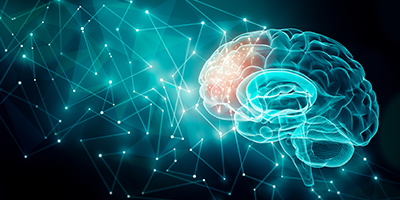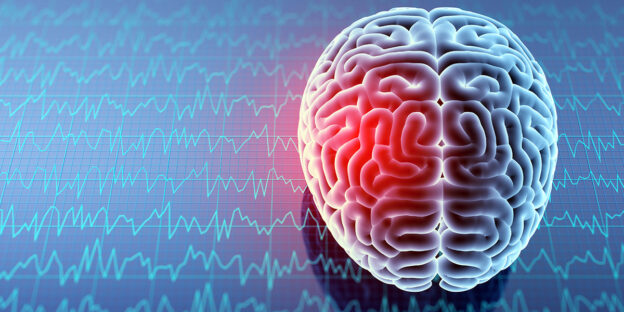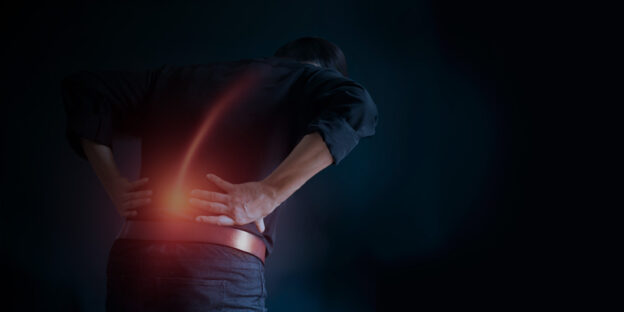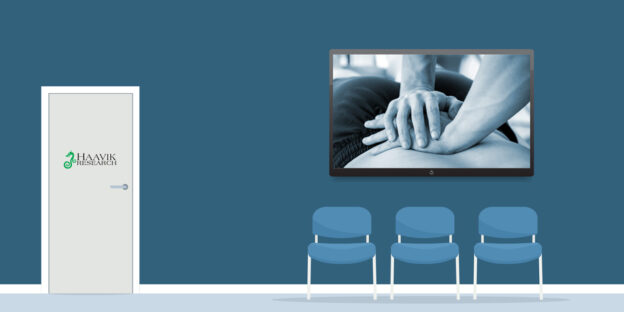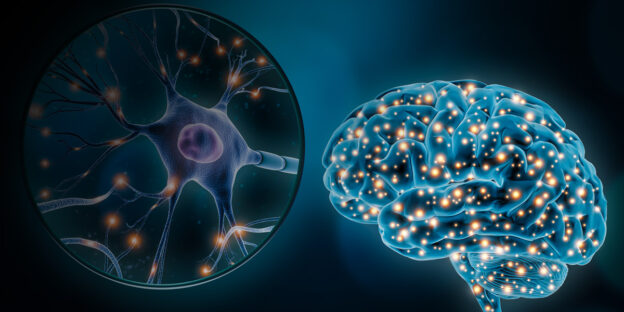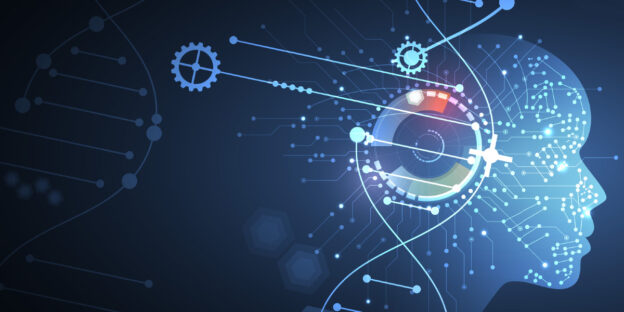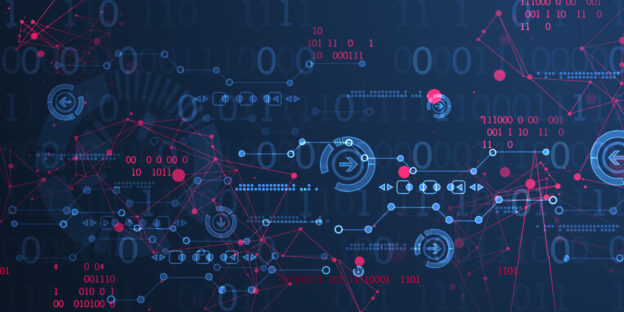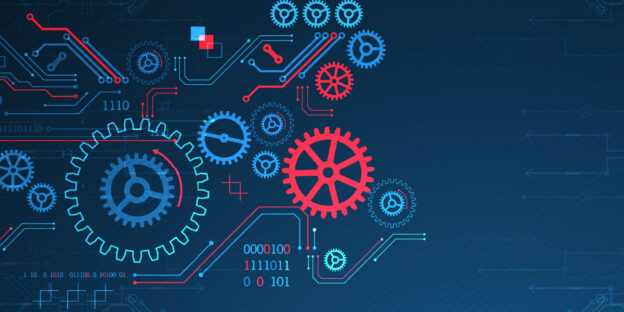BS1.01 The Many Models of the Chiropractic Subluxation
64 Minutes – An introduction into chiropractic neuroscience and the chiropractic subluxation
BS1.02 The Brain Model of the Chiropractic Subluxation
76 Minutes – How a healthy and a dysfunctional spine communicates with the brain
BS1.03 Your first visit to a Chiropractor
45 Minutes – What to expect from your first visit and “what is that popping sound”
BS1.04 Your first adjustment
42 Minutes – What is an adjustment, how does it work and what to expect.
BS1.05 How Stress affects your Health
55 Minutes – What causes symptons of stress and how chiropractic care may help.
BS1.07 Spinal Function Affects Brain Function
54 Minutes – How spinal dysfunction can potentially send a confusing message to the brain.
BS1.08 Adjustments Improve Strength
46 Minutes – The effect of chiropractic on muscle strength and the latest research studies.
BS1.09 The Prefrontal Cortex and Cerebellum
66 Minutes – Chiropractic studies have shown adjustments can change processing in the brain.
BS1.10 How to Explain Pain
53 Minutes – How the brain effects pain perception and the benefits of chiropractic care.
BS1.11 Chiropractic and Pain
50 Minutes – The effects of chiropractic on pain and the benefits other than pain relief.
BS2.01 Introduction to the Neuroplasticity Model
94 minutes – this class covers the major changes in neuroscience over the past 20 years
BS2.02 Two Models of the Vertebral Subluxation
65 minutes – the latest research evidence examining what a vertebral subluxation is.
BS2.03 The Neurophysiology of the Subluxation
60 minutes – the consequences of spinal injury and how it affects the brain function.
BS2.04 Adjustments affect the Prefrontal Cortex
61 minutes – how adjustments impact the processing of the prefrontal cortex in the brain.
BS2.05 The Impact of Stress on the Brain and Health
71 minutes – How stress and traumatic experiences negatively impact our brain function and health.
BS2.06 Communicating Chiropractic’s impact on the Brain
69 minutes – how to communicate the science about how stress negatively impacts our health.
BS2.07 Pain is created in the Brain
50 minutes – the latest science tells us that pain is created in the brain – to warn us about danger.
BS2.08 Understanding Chronic Pain
65 minutes – how to communicate the latest contemporary understanding of what chronic pain is.
BS2.09 Connection between Stress, Pain, Sleep and Mental Health
61 minutes – how stress plays a major role in the development of chronic pain.
BS2.10 The Brain, Pain and the Neuroplastic Effects of Chiropractic Care
61 Minutes – we examine the function of the spine and how the brain controls movement
BS2.11 The Somatosensory Neuroplastic effects of Chiropractic Care
53 minutes – the known Somatosensory neuroplastic effects of chiropractic care.
BS2.12 The Motor Control effects of Chiropractic Care
67 minutes – the known motor control neuroplastic effects of chiropractic care.
CS1.02 The Safety of Chiropractic Care
52 minutes – This class will cover what we know about the safety of chiropractic care.
CS1.04 Lower Back Pain and Neck Pain
50 minutes – did you know that lower back pain is one of the leading causes of disability worldwide?
CS1.05 Headaches and Migraines
48 Minutes – Studies have shown that chiropractic care may help reduce headache and migraine pain.
NS1.01 Neurobiology of the Neuron
Basics of one of the two main cell types found in the nervous system – the neuron.
NS1.02 Neurobiology of the Glial Cells
This is a fascinating class to give you some insight into these long-neglected cells within the nervous system.
NS1.03 The Nerve Cell Membrane
48 minutes – this class details how the brain functions and the mechanisms behind nerve impulses.
NS1.04 The Action Potential
42 minutes – gain a solid grasp of the action potential’s role in our nervous system.
PH1.01 Introduction to Philosophy
66 minutes – Understand the fundamental similarities and differences between science and philosophy.
PH1.02 Epistemology Knowledge and Truth
64 minutes – Epistemology: the theory of knowledge and distinction between belief and opinion.
PH1.04 Logic and Reasoning
Learning Outcomes Embarking on this one-hour online class in logic and reasoning! It will be an intellectually enriching journey that…
RM1.11 How many participants you need for your study
This class explains why we calculate sample size and how it can impact our research as chiropractors.
RM2.05 Gathering Scientific Evidence for a Report of Findings
68 minutes
RM3.05 Meta-analysis
80 minutes : Basics of good meta-analysis and why they can be so useful in clinical practice.
RM3.09 Working with your Supervisor on your Research Project
52 minutes
SC1.01 Introduction to Biostatistics
60 minutes – this class explains what biostatistics is and the parameters associated with it. To understand chiropractic research, it is crucial to know the basics of statistics.
SC1.02 Basic Descriptive Analysis
60 minutes – to run any analysis of a set of data, you usually start with some descriptive statistics. This class teaches the basics of how to do this using Microsoft Excel.















